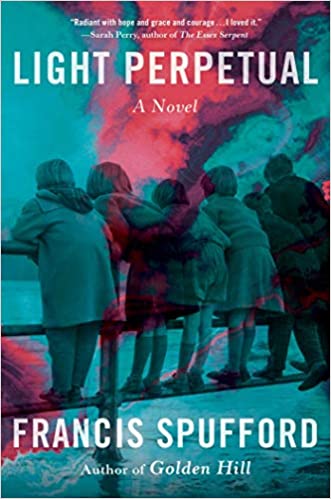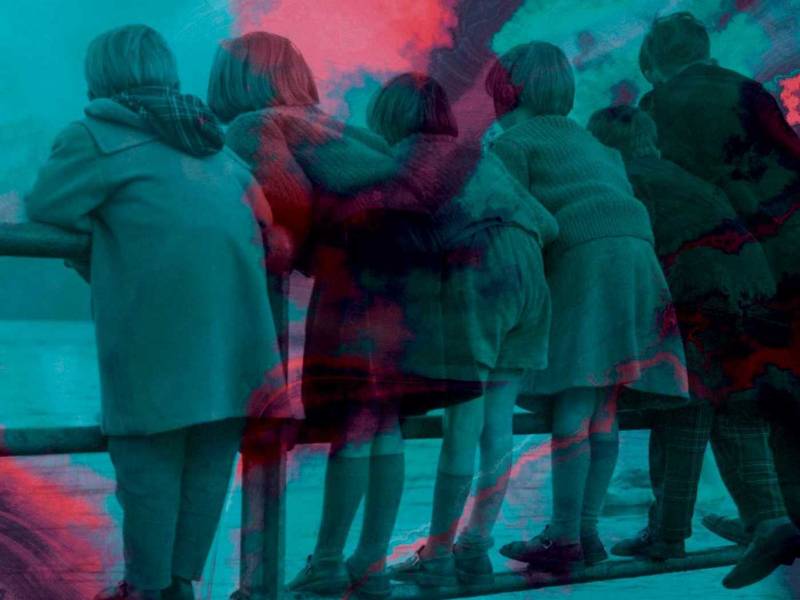At the end of his new novel, Light Perpetual, Francis Spufford describes how he was inspired by a London plaque:
[F]or the last twelve years, I’ve been walking to work at Goldsmiths College past a plaque commemorating the 1944 V-2 attack on the New Cross Road branch of Woolworths. Of the 168 people who died, fifteen were aged eleven or under. The novel is partly written in memory of those South London children, and their lost chance to experience the rest of the twentieth century.
Out of his contemplative pauses in front of that plaque, Spufford has created a resonant novel about what “might have been” for five young casualties of war, as well as a God’s-eye meditation on mutability and loss.
 Light Perpetual opens with a slow motion reimagining of the V-2 rocket falling through that Woolworths on that long-ago Saturday. The lunchtime crowd, which has gathered to see a new delivery of aluminum saucepans (a rarity during the war), is instantaneously transformed into “a dome of debris.” Spufford’s omniscient narrator ticks off some of the cloud’s component parts: “Knitting Patterns. … Wooden table. Pans. Much-darned brown worsted hand-me-down served-three-siblings horned-buttoned winter coat. Skin. Bone.”
Light Perpetual opens with a slow motion reimagining of the V-2 rocket falling through that Woolworths on that long-ago Saturday. The lunchtime crowd, which has gathered to see a new delivery of aluminum saucepans (a rarity during the war), is instantaneously transformed into “a dome of debris.” Spufford’s omniscient narrator ticks off some of the cloud’s component parts: “Knitting Patterns. … Wooden table. Pans. Much-darned brown worsted hand-me-down served-three-siblings horned-buttoned winter coat. Skin. Bone.”
Spufford checks in on his characters at intervals of 15 years, beginning with their deaths in 1944 and ending in 2009 when the “children” are about 70. This plot structure can sound formulaic, plodding even. And, certainly, the pitfalls of sentimentality are many in a story that imagines the lives that five invented dead children might have led.
But Spufford avoids those pitfalls and as he moves his children through their imagined lives they become so much more than mere reverent icons. For instance, the class bully, Vernon, dubbed “Vermin” by his classmates, grows into a crooked property developer; another, more delicate child named Ben grows up to hold down jobs as a kitchen porter and bus conductor; he also has to be institutionalized for a time for schizophrenia and persistent nightmares of cannibalism.

9(MDAxOTAwOTE4MDEyMTkxMDAzNjczZDljZA004))

